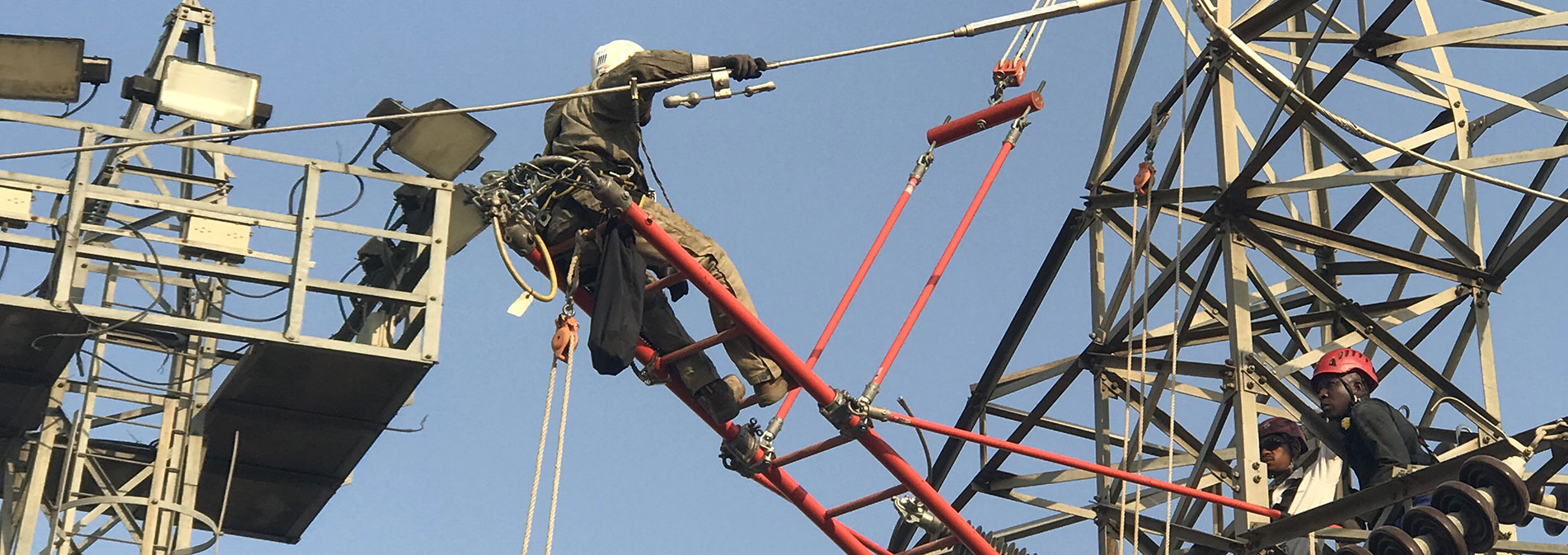
Rapid urbanisation in India is fuelling demand for state-of-the-art infrastructure to power its booming cities and towns. However, the exponential power demand is also putting severe stress on India's ageing power transmission networks, forcing power network owners to look for innovative solutions.
Building new power lines to meet the growing demand is not only capital intensive but also involves a long gestation period. Moreover, laying new lines leads to various RoW challenges.
In such a scenario, upgrading and uprating existing infrastructure is often the only viable and cost-effective alternative. It is also the preferred choice for power network owners given the constraints surrounding shutdowns in inhabited areas. In view of these factors, the Karnataka Power Transmission Corporation Ltd. (KPTCL) chose to uprate its 66 KV transmission line to Bengaluru's Electronic City when it decided to decongest the transmission line.
The transmission line connecting Naganathapura substation line to Malgudi, which supplies power to Electronic City Phase-II, passes through a congested corridor with residential and commercial buildings. Add to that, Electronic City serves as the base to over 200 IT / ITeS companies, including majors such as Infosys, Wipro, TCS and others, which ruled out shutting down power.
Consequently, reconductoring had to be undertaken in zero-shutdown conditions, without any disruption of power supply to the area and community. Sterlite Power, known for its innovative solutions, was entrusted with the task.
In this backdrop, Sterlite Power decided to deploy the Live Line reconductoring technique. The live-line or zero-shutdown reconductoring method is used when there are no parallel lines to divert the load during uprating or changeover.
Our team had to overcome other challenges too. Unlike other places where robotic arms or aerial platforms are used to replace insulators, the city congestion in Bengaluru ruled out use of both. Thus, the hot stick and barehand method were used to uprate the transmission line. Barehand method involves the linesmen working directly on energised transmission lines. The hot stick method involves using an insulated pole when working directly on energised high-voltage electric power lines to protect from electric shocks.
The Sterlite team uprated the existing line and installed high-performance conductors to double the power transfer capacity of the line. The work was executed with no disruption to the vehicular traffic on the road or shutdown of power.
India's power sector is undergoing a change. Demand for electricity is seeing an uptick. Electricity demand in the country has increased rapidly and is expected to rise further in the years to come. However, that calls for building new power infrastructure and modernising the transmission grid. The successful upgrade / uprate of transmission assets in Electronic City can be replicated in other places which face similar challenges.